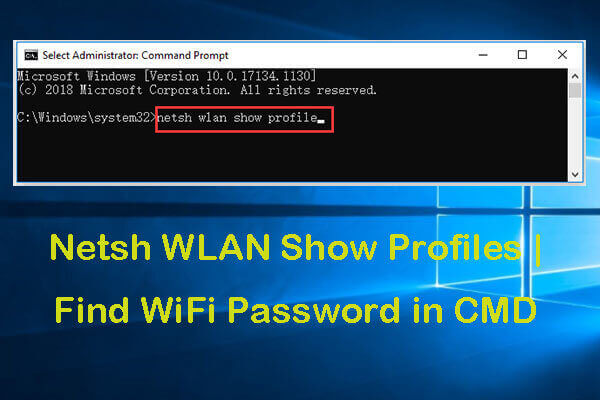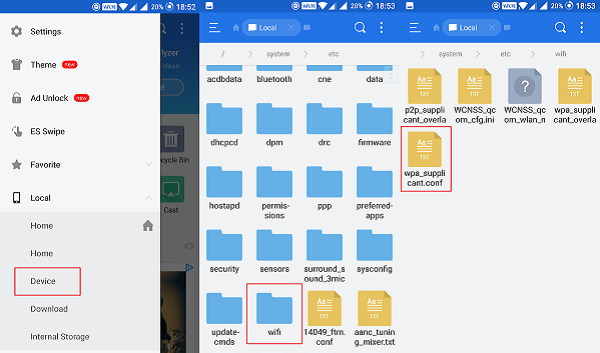
Using SetNamedSecurityInfo() it appears to be possible to set a new DAC on an object owned by me without either Set Value or Write DACL set (and obviously without being an administrator). Veeam Backup & Replication v11 now includes continuous data protection and ransomware protection Thu, Mar 4 2021įor what it's worth, I tried it without C# or PowerShell.ManageEngine ServiceDesk Plus: A comprehensive IT service management solution Thu, Jun 10 2021.ScriptRunner Portal Edition: Manage PowerShell scripts throughout your organization Wed, Jul 7 2021.Securden's new Unified Privileged Access Management Mon, Aug 30 2021.
#WIFI PASSWORD SHOW PRO PATCH#
ManageEngine Endpoint Security Suite: Patch management, device control, and vulnerability scanning Thu, Nov 4 2021.3CX communications system: Phone system for Windows, Linux, and the cloud Tue, Nov 9 2021.SquaredUp Community Edition: Free dashboards for PowerShell, Azure, Web API and more Mon, Dec 13 2021.SquaredUp SCOM Edition: Visualize performance, alerting, and application mapping Tue, Dec 21 2021.Stellar Toolkit for Exchange: Repair database, Migrate to Microsoft 365,, export mailboxes Tue, Feb 22 2022.Remote Desktop Manager with Devolutions Server: Managing secure privileged access Tue, Mar 1 2022.
#WIFI PASSWORD SHOW PRO PC#
WIN + C > Settings > Change PC settings > Manage known networks (under your current connection)
#WIFI PASSWORD SHOW PRO WINDOWS 8.1#
If you prefer a GUI, you can also list all of your previous WiFi connections in Windows 8.1 in the PC Settings:

To get a list of your previous WiFi connections, type this command: netsh wlan show profiles You can find the password in the Security settings section next to Key Content. Notice that you only need the quotation marks for the connection name (profile name) when the name contains a blank. The syntax of the command looks like this: netsh wlan show profile name="ConnectionName" key=clearįinding WiFi password on the command line with netsh This method allows you to find not only the WiFi password of your current connection but also that of previous connections. If you are more the type-type type, you will prefer the netsh command anyway.

Find WiFi password of previous connections ^ Doing so takes a few more clicks than in Windows 8, but you won’t have to do this often. You now see the WiFi password of your current connection. Click the Security tab and then check Show characters.In the WiFi Status dialog, click Wireless Properties.Right-click the WiFi symbol in the systray and select Open Network and Sharing Center.View WiFi password of current connection ^ You’ll find one way in the Network and Sharing Center for your current connection, and you can also use the netsh command to view the connection properties of previous WiFi connections. However, in Windows 8.1, two other ways exist to access the WiFi password. View connection properties option: no longer available in Windows 8.1

For some reason, Microsoft removed this feature in Windows 8.1. In Windows 8, you could just click the WiFi icon on the systray and right-click the WiFi connection to access the View connection properties dialog. Thus, you will find yourself again bothering the person who is managing the WiFi password. Unfortunately, this means Windows will also forget the password. As I explained before, whenever you can’t connect to a WiFi network that previously worked, a good start is to tell Windows to forget the WiFi connection (right-click the connection).


 0 kommentar(er)
0 kommentar(er)
